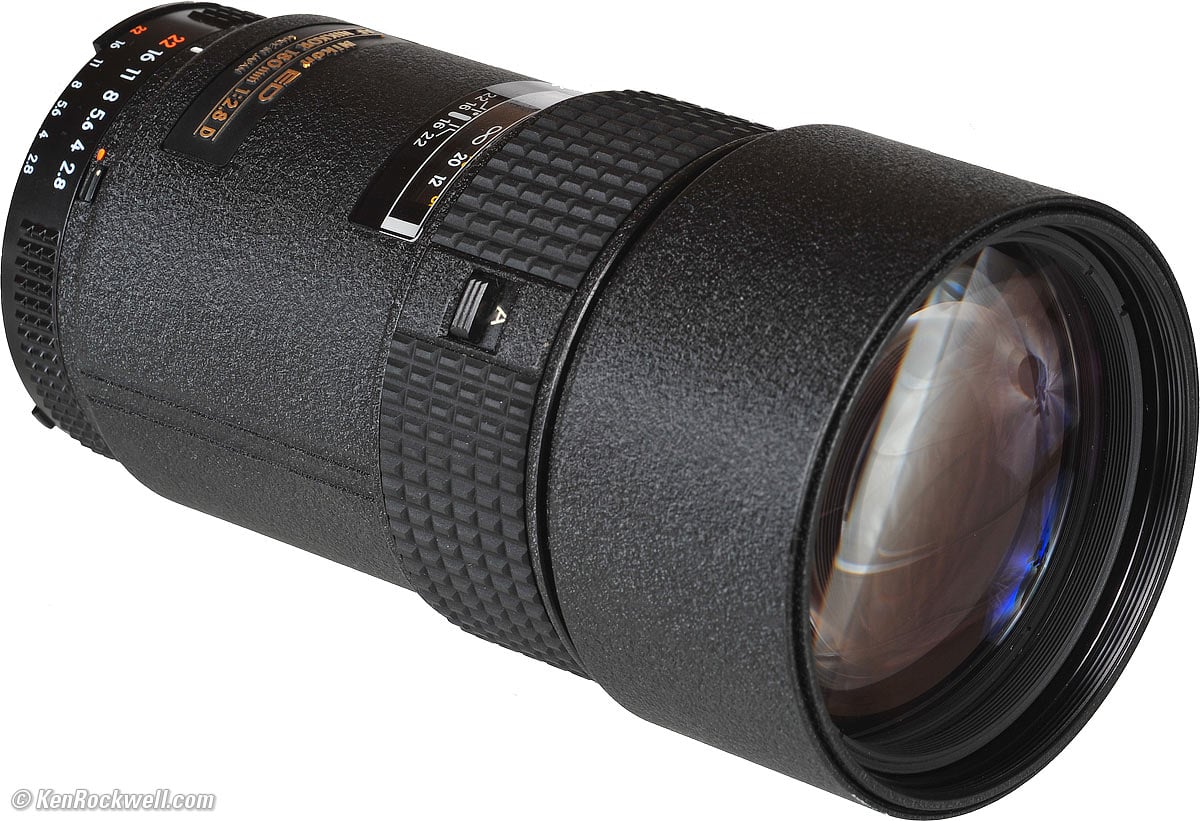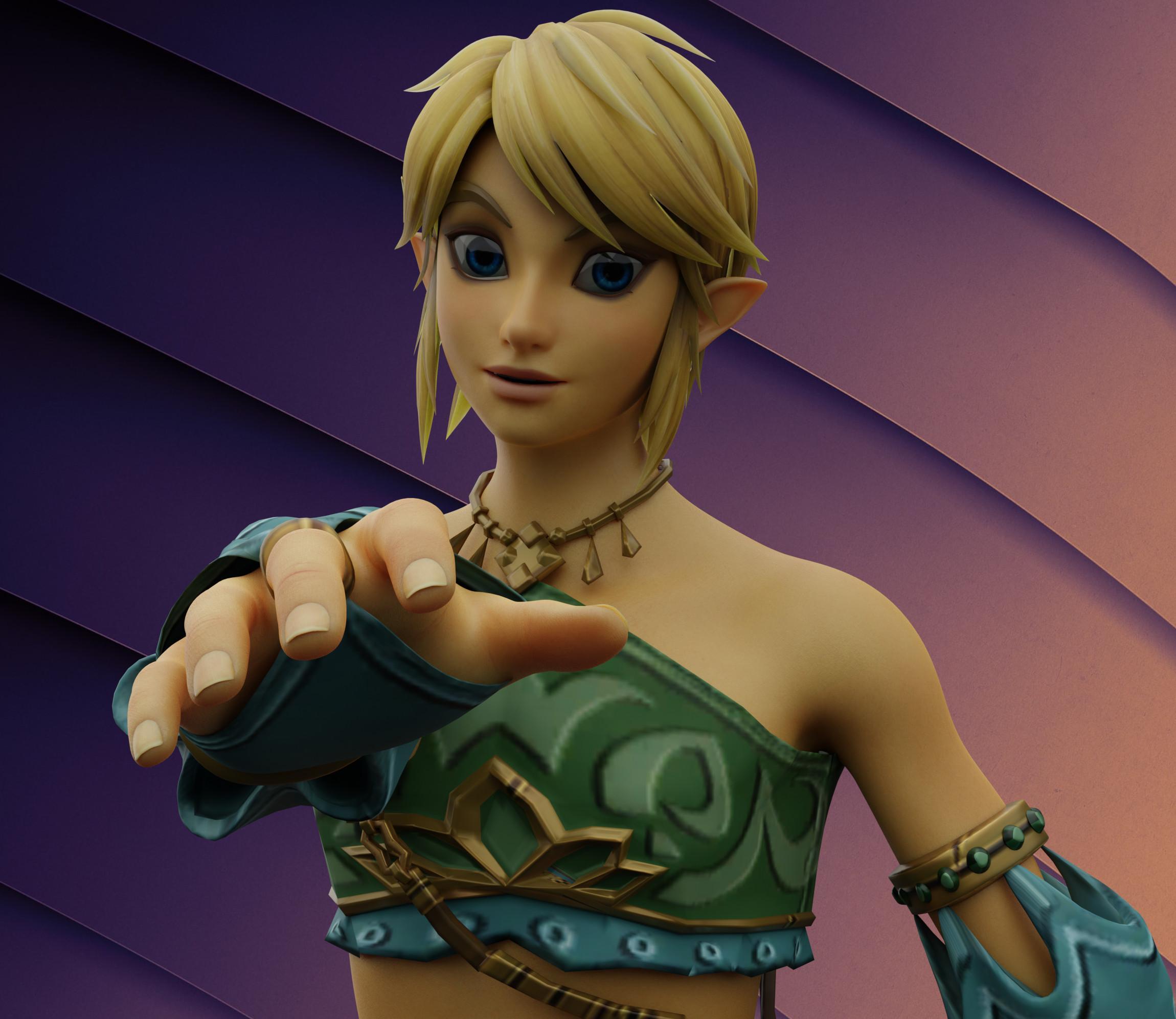Personally I dig this weird little fella
It’s an old Soviet 16mm film projector lens adapted to a different vintage lens’s helicoid then adapted to Micro 4/3.
It’s a 50mm f/1.2 lens and it takes some weird photos. It’s not perfect (especially if the area is well lit) but it takes some interesting photos with a little practice.
Edit: And being a lens made for 16mm film it takes pictures just like a normal micro 4/3 50mm lens would.
Weird photos? I wanna see.
My favourite is my Sony 200-600mm because I’m a birder. Has elevated my game so much.
Here’s a link to a small album of some shots I can share made using the lens. The shots with multiple minis in it the minis are at most 6 inches apart.
Here’s a pic I took at about midnight using the lens as well. I hope to do more using the lens with reflections and small light sources.
Here’s a cool vid of being able to focus on things behind the subject. Behind the mini by about a foot is my monitor displaying an image.
I’m currently in the process of putting a bunch of my pictures on my Deviantart‡ account, I haven’t done a lot yet because I don’t want to flood it all at once but it’s a slow process of uploading.
‡ It’s SFW and will stay that way, don’t worry.
what do you reckon about spotting-scopes with camera-mounts?
i can’t quite figure out why “camera” lenses suitable for wildlife are so much more expensive than spotting scopes.
i use my astronomical telescope with my full-frame digital camera. it is a 450mm f/5 prime lens, but it was a fraction of the price of any similar “camera” lens, even including the substantial tripod (which cost about as much as the tube). it actually can focus on things not too far away. no good for indoor use, sure, but fine in a park.
what’s the advantage?
I’m a noob, but often what drives up lens cost is the complexity associated with making the image better over the whole field of view. Lenses have various inherent errors (called aberrations) that are corrected by a combination of complex surface profiles on individual lens elements and stacking multiple individual lens elements to cancel each other’s errors out. A scope likely only needs good correction near the center, where the user will be looking most of the time, while a camera lens needs good correction everywhere so the whole photo looks good when you view it later. Wider field of view makes good correction much more complicated and expensive very fast.
Could you post some of the photos? It’d be interesting to see.
My favourite lense is the old Nikon ED AF Nikkor 180mm 1:2.8, it has the same design since 1986, the only thing changed was the barrel.

It’s increadibly sharp for it’s age, but the auto focus is very slow, because it doesn’t have it’s own motor as far as I understand and relies on the motors from the camera body.
Here is a example picture:

Here’s a link to a small album of some shots I can share made using the lens. The shots with multiple minis in it the minis are at most 6 inches apart.
Here’s a pic I took at about midnight using the lens as well. I hope to do more using the lens with reflections and small light sources.
Here’s a cool vid of being able to focus on things behind the subject. Behind the mini by about a foot is my monitor displaying an image.
I’m currently in the process of putting a bunch of my pictures on my Deviantart‡ account, I haven’t done a lot yet because I don’t want to flood it all at once but it’s a slow process of uploading.
‡ It’s SFW and will stay that way, don’t worry.
deleted by creator
I can’t say I have a single favourite, as it depends on situation, but I’m really loving my Nikkor ai s 300mm on my GX9. Aside from being the nicest manual focus I’ve had the chance to try, it takes beautiful shots. I’ve a couple of the obligatory Helios 44s that I’m servicing, but more interesting to me is the Helios 28mm. I have two of them, one made by Cosina I think, but the other is a rebranded 28mm Tomioka. I’ve seen the Tomioka-labelled one go for about 5x what I paid! With a speed booster on the GX9, that takes some really characterful photos.
Can you tell me a bit more about the adapter for the projector lens? That looks really proper, and I’ve been thinking about doing something similar with an anamorphic projector lens. I’d like to see some of the photos it takes too - are there any on your profile?
Unfortunately I don’t know much about the helicoid (the focusing part), it was already installed when I bought it from the seller on eBay. Though the helicoid has a very worn “Made in USSR” on the side.
But the last part that adapts the helicoid to Micro 4/3 is a pretty cheap and easy thing to get on Amazon or eBay as long as you know the mount you’re adapting from. In this case it was also installed by the seller in my case. Though I have bought those adapters (m39 and m42 to Micro 4/3) for other lenses I have.
I’ve shared a collection of stuff that I can share right now in another comment here highlighting some of the pics it can take, and a cool example of how it can focus on objects behind what’s in front of the lens.
I think I’ll have to go with my Pentacon auto 50mm f/1.8 multi coating.
Not the craziest aperture, but still wide enough for most situations. Surprisingly sharp for what it is, and a joy to use for reverse mounted macrophotography, too. Definitely produced some of my best shots with that lens.
the Sony Zeiss 55mm f/1.8, (that one with the concave front element), is my one desert-island lens, for sure. Me developing my own style went hand-in-hand with getting to know it better for a few years.
I used to love using “weird” and specialist lenses, but it’s so versatile, it killed my trying all kinds of cheap/vintage glass- since getting the Zeiss, everything else just stays in the bag.
The main lens I use now (Canon 5D Mk3) is a Sigma 50-500. It’s more fiddly than the Canon stuff, and if I wanted to pay twice as much I could get a Canon lens that did a better job at one end or the other of it’s range, but when you have decent light both of the 50 and somewhere close to the 500 can take some pretty nice pictures. If you need one specific shot, my Dad’s Canon 200-400 is definitely more reliable, but I really like being able to go on a hike with one lens and get a variety of types of shots, and I take hundreds to thousands on a good hike so I’m not bothered by missing a single shot.
I also have a 24mm f/1.8 macro from them that’s even more niche (despite the wide angle, it’s not awesome for landscapes), but if you can get something close range, I really like the bokeh of the background and the subject is extremely sharp.
Sigma Art 105mm f/1.4
Incredibly sharp, smooth bokeh.







